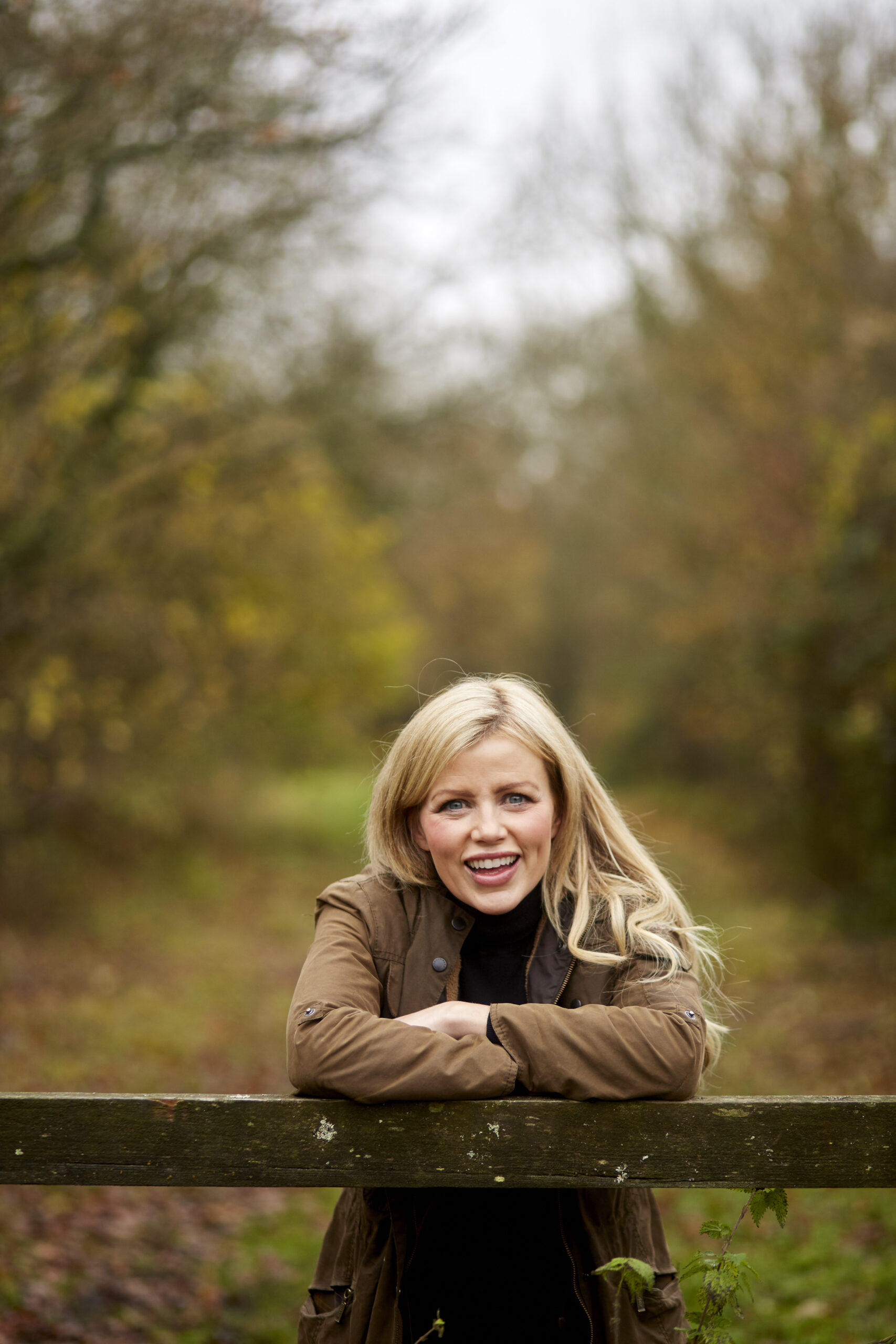It took two years for the Goldilocks whale to show up. Not too big, not too small, but just the right size to fit in a freezer. Lookouts around the coast would report a porpoise here or there, but it turned out to be a quiet time for whale-fall. Then, one late-spring Sunday morning, I was called to Helmsdale on the far north coast of Scotland as quickly as transport would take me. We had our whale.
In the months before, humpbacks had gathered around Cape Verde to mate and calve. As the season moved on, they turned north towards the feeding grounds of the Arctic. On the way, a female became tangled in fishing rope. For weeks, she swam with the lines around her until the rope got caught on a lobster pot in Scottish waters. The fisherman tried desperately to free her, even as a storm blew in. The next morning, to his deep upset, she was discovered drowned.
A necropsy takes place for each cetacean stranding and as we walked around her body, it was clear her death had involved considerable suffering. The rope was caught in the corners of her mouth and her tongue had become swollen. As she was lifted by a crane, the sight of her pectoral fin against the clouds made me choke with sadness. But there is more life after this death than perhaps any other on Earth, for whale-falls are the biggest feeding events in the ocean.
Our plan was to return this whale to the sea where it could rejoin the food chain, and to film the first whale-fall experiment ever conducted in the UK. Dozens of permissions are required before you can help yourself to a dead whale, including one on behalf of the King: under the ancient Royal Prerogative, the King owns all the sturgeons, whales and dolphins within three miles of shore, so a signature was required from His Majesty’s Receiver of Wreck. I suspect it was signed with a flourish; ordinarily, washed up cetaceans are sent to landfill at costs reaching £80,000.
Next, how to freeze an entire whale? Our answer came via a scientist who models how to freeze chickens for supermarkets and who, with a lot of liquid nitrogen and a shipping container, was able to remodel our conundrum.
Summer arrived and as the warm Gulf Stream collided with the coastal waters of the Celtic and Irish Seas, it mixed with nutrients brought to the surface in the storms of the previous winter. Here, plankton flourishes and the ocean comes alive. From the west, basking sharks, blue sharks and leatherback turtles head east. Sixty miles out in the Celtic Sea, our newly thawed whale, haloed by a rainbow of oily gravy, was held up by buoys. We were about to find out who was coming for dinner.
For many hours, all was quiet. Then a couple of dorsal fins were spotted. Ben Fogle got the first dive and enjoyed some blissful pieces to camera from underneath. But by the 6am knock on my door, a new scene had emerged: 200 blue sharks were feasting.
I had prepared for my dive for days; I was ready to explain and emote. But now the energy in the water had changed. The number of sharks made it more difficult to anticipate their behaviour. The expert dive team gently moved on a few curious sharks and, just as I was about to launch into my first piece, one of the team took a nip to his butt-cheek. It meant that shooting for now, was over.
Yet the feast must go on. Aerial scavengers, such as blackback gulls, tucked in from above as hundreds of blue sharks continued to feed from below. Finally, it was time for her to take her final journey to the seabed. In the darkness, cameras revealed a fresh crew of scavengers moving in: ragfish, ratfish and hagfish sound like a fierce troupe but are merely tidying up. Lamprey, crabs and molluscs pick off remnants until, finally, Osedax worms burrow their roots into the bones and feed on the oils inside.
On the sea floor, the echo of this feast goes on for years. In all, some 15 million calories to fuel life after death.
